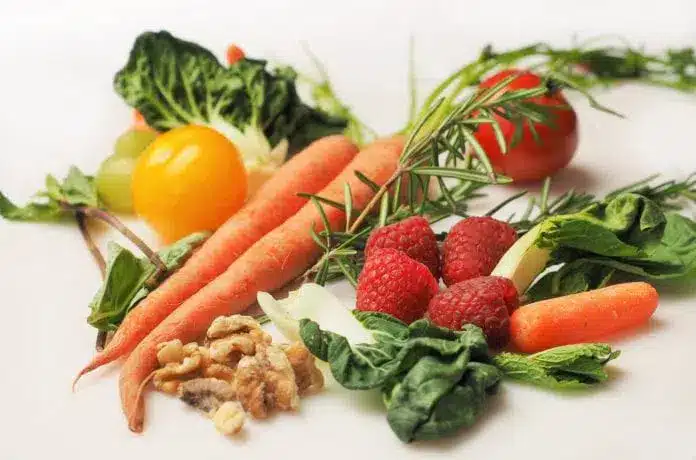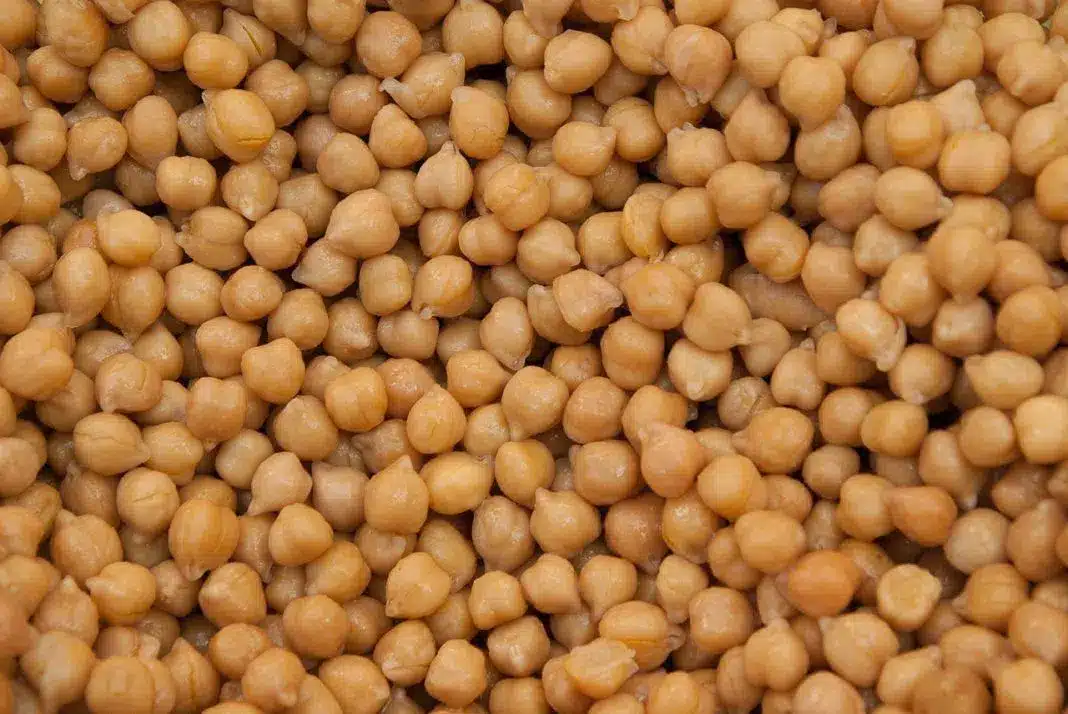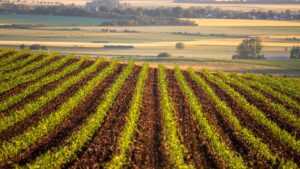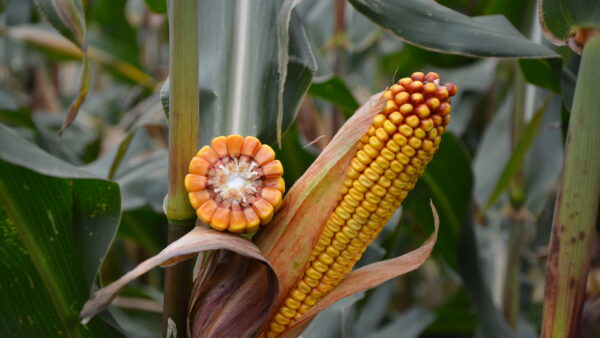Often, I think back to my time teaching agriculture at a secondary school in Samoa, a Pacific Island nation northeast of Australia. When you would sit down for a meal, the adults would eat first followed by the children. The adults would select the foods high in protein and leave the high carbohydrate foods to the children — the exact opposite of the children needed. A young child needs protein to help with growth and development whereas an adult has finished growing, and therefore, needs carbohydrates as an energy source.
This example highlights the need for education on human nutrition when food aid projects are delivered in developing countries.
Recently, at a Crawford fund conference, I heard a talk about the rise of obesity in Zimbabwe. How could this be true? The root of the problem comes down to a lack of diversity in the diet.
The story focused on children that would visit their grandmother’s farm in Zimbabwe where they would see a range of diverse food crops grown. They loved the different foods that she would make for them and they were always happy and healthy. Eventually, the grandmother’s farm was passed to one of her nephews who had limited experience with farming. The most profitable crop to grow for him was corn, so he planted the whole farm to corn. His family was fed corn for breakfast, lunch and dinner. This led to his children becoming obese and having poor health due to the lack of diversity in their diet and an excess of calories.
This story focused on two major factors, and they both come down to nutrition:
1. Humans need a diverse diet to stay healthy.
2. Farming land needs a diversity of plants grown on it in rotation or at the same time to help remain healthy as well as the plants that grow on it.
Another downside of lack of diversity on the farm goes back to the farmer in Zimbabwe who grew corn after corn crop. He found over time that his corn crop started yielding less and the crops had more diseases. No one told him that corn required high amounts of fertilizer that he couldn’t afford to buy, and plant disease would increase each year if there was no crop rotation to break the disease growth cycle.
As seed specialists, we have varieties that are champions for our companies, and we use these as leading products to promote our brand. However, we should be thinking about the whole package rather than the individual product. With the changeover from the public sector to the private industry, the private sector has a responsibility to educate the consumer, so that products can be used in a more sustainable manner.
Now, our generation needs to bring the “healthy people, healthy planet” message. Nearly 75% of the world’s calories are supplied by four major crops: corn, wheat, rice and soybean. Three of these are predominately carbohydrates, and one a protein legume. In the roulette wheel of climate change, it seems like a big gamble to place all your chips on four numbers and hope for the big win to increase food production by 70% to feed the world’s population by 2050.
To find solutions, we must share knowledge with the consumer so they better understand the link between their food, their farm and their nutrition. It is our moral responsibility to educate farmers in the developing world how to lead healthier lives through the food that they eat, so that they are able to pass on knowledge and wisdom to the next generation.
—Anthony Leddin is a plant breeder for Australia’s Valley Seeds












